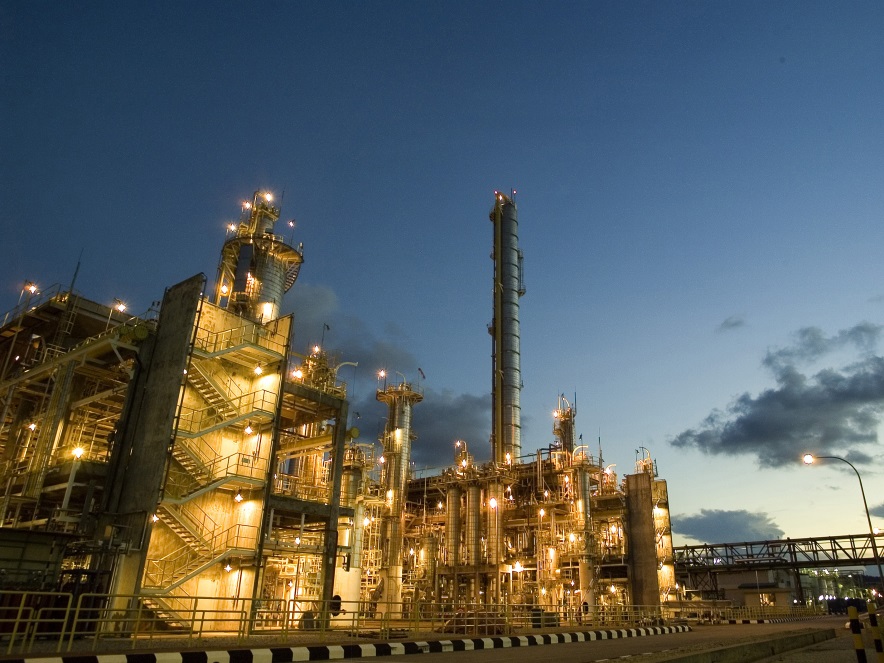Regulators Encourage Chemical Facilities� Use of Safer Tech
?Federal regulators issued a new alert encouraging the use of inherently safer technologies (IST) at U.S. chemical facilities, just one of a series of actions taken after the West Fertilizer Company disaster in 2013.�
The Chemical Safety Alert: Safer Technologies and Alternatives, created by the Environmental Protection Agency (EPA) and the Occupational Safety and Health Administration (OSHA), is intended to �introduce safer technology concepts and general approaches and establish the risk management framework for the planned guidance document,� the alert says.�
However, the alert makes it clear that the EPA and OSHA will not specify technology, design, or process selection for chemical facility owners or operators. Instead, the alert encourages facilities to adopt IST and inherently safer design (ISD) through hierarchy controls to manage chemical and process hazards, preferably by avoiding hazards by using non- or less-hazardous substances or materials, minimizing the quantity of hazardous substances, or simplifying or moderating process conditions to eliminate or reduce the likelihood of severity of incidents.
If avoidance isn�t possible, the alert offers alternative�suggestions, including using protective hardware to provide a risk reduction benefit, adding safety features or engineering controls to processes, or creating administrative systems that mandate maintaining safe process conditions.
Additionally, the alert encourages facility owners and operators to know and understand all of the physical and chemical properties present on their sites, as well as all the hazards related to those substances.��Armed with this information, now you can figure out ways to manage and control these hazards and to reduce risks as low as possible,� the alert explains.
However, the alert also addresses the possibility that facility owners and operators may not be able to eliminate all chemical and process hazards.�
�In some cases, there may not be practical inherently safer alternatives, and in other situations, an inherently safer approach will only reduce part of the potential risk associated with the use of a hazardous material or process,� the alert says.
For these facilities, owners and operators may need to use layers of protection to make sites safer as �individual safeguards are not totally reliable or effective� and �multiple safeguards may be needed to minimize the chances of an initial fault propagating to a full blown incident with potential for harm.�
The alert is part of a broader government effort to improve chemical facility security after the disaster in West, Texas, when approximately 30 tons of ammonium nitrate stored in a wooden warehouse exploded. The eruption killed 15 people and injured more than 200, prompting President Barack Obama to issue an executive order establishing the Chemical Facility Safety and Security Working Group.
For more on the working group�s efforts, check out�Chemical Facilities Tackle an Explosive Problem�from Security Management�s March 2014 issue.
